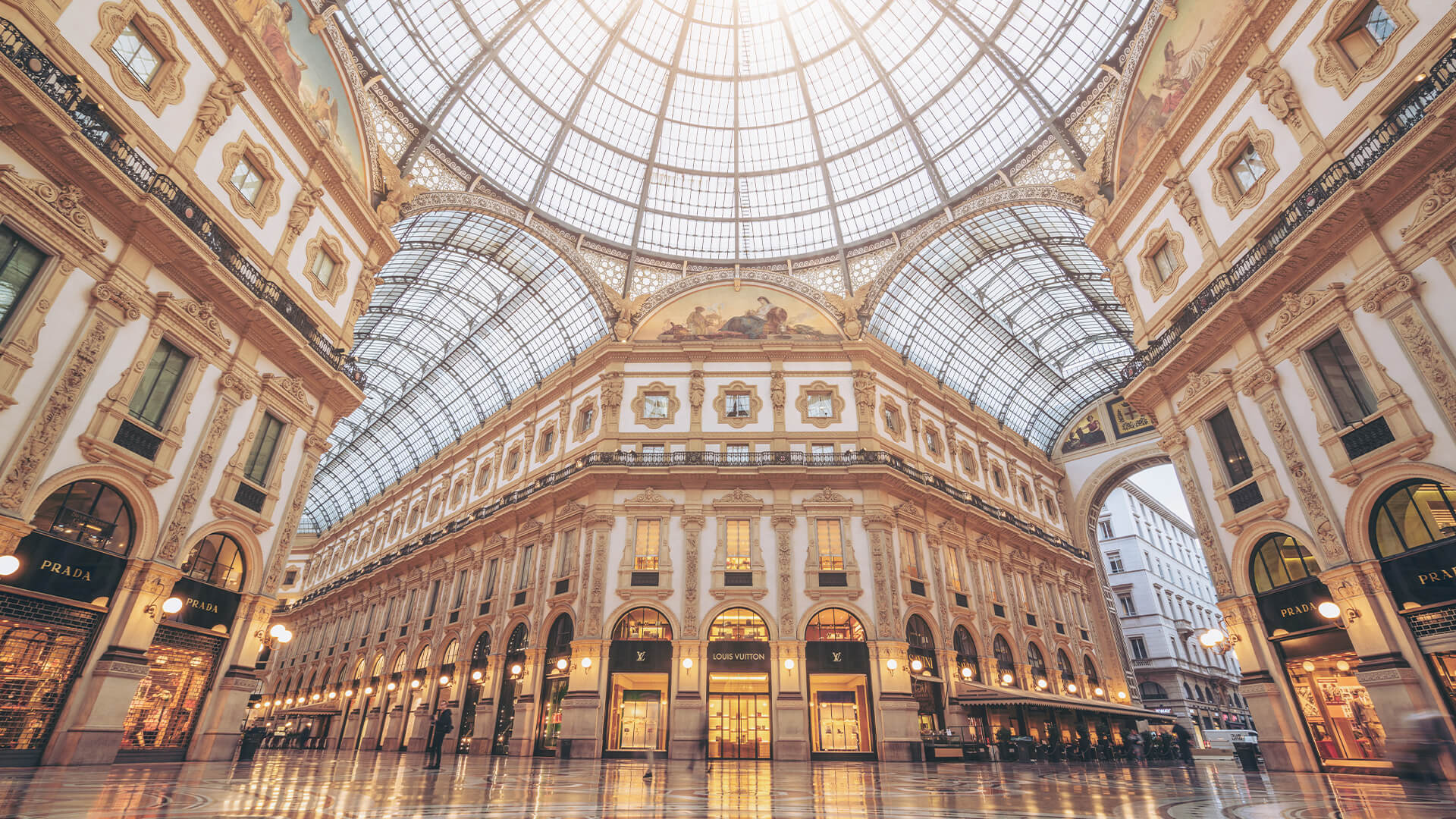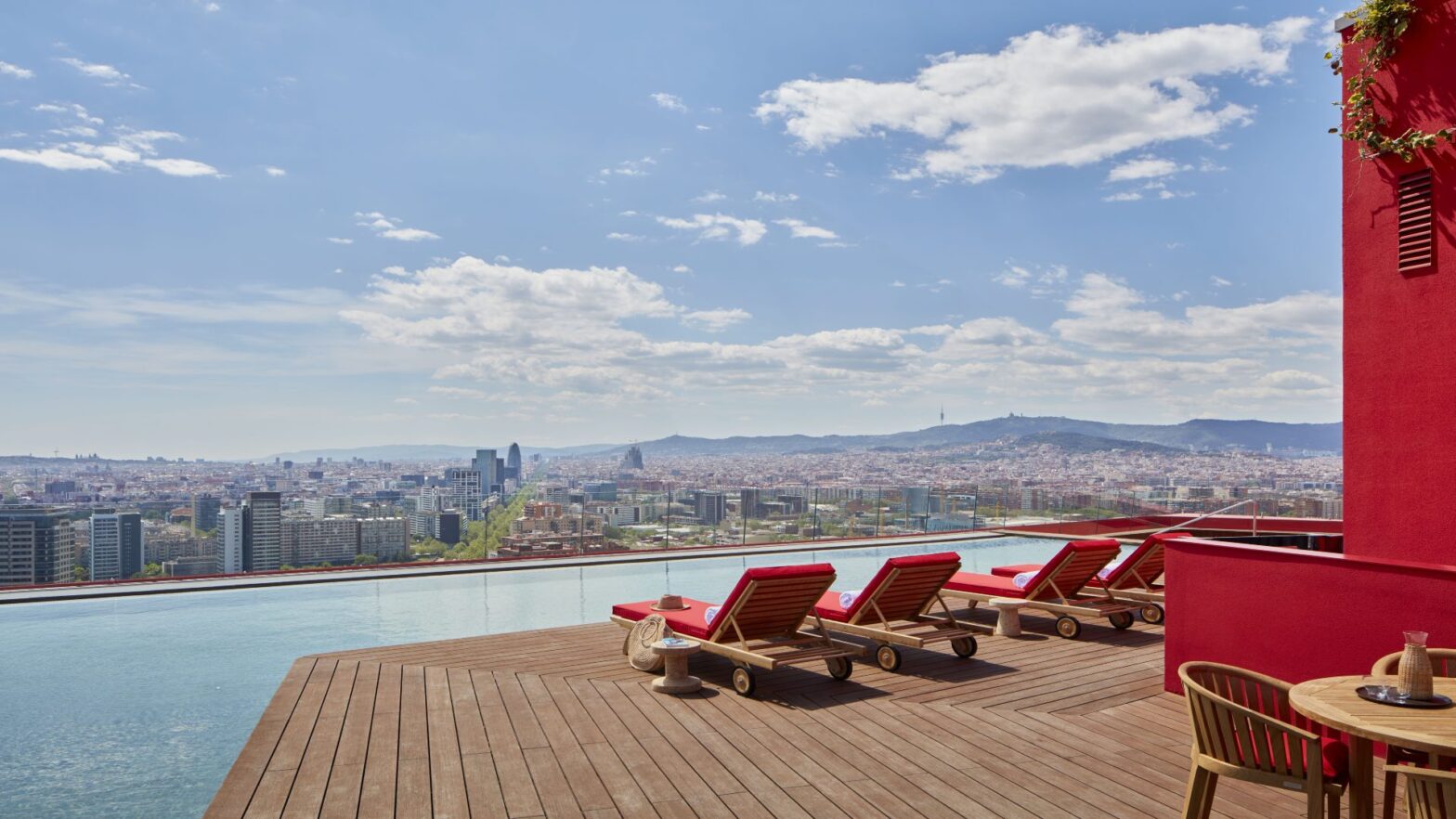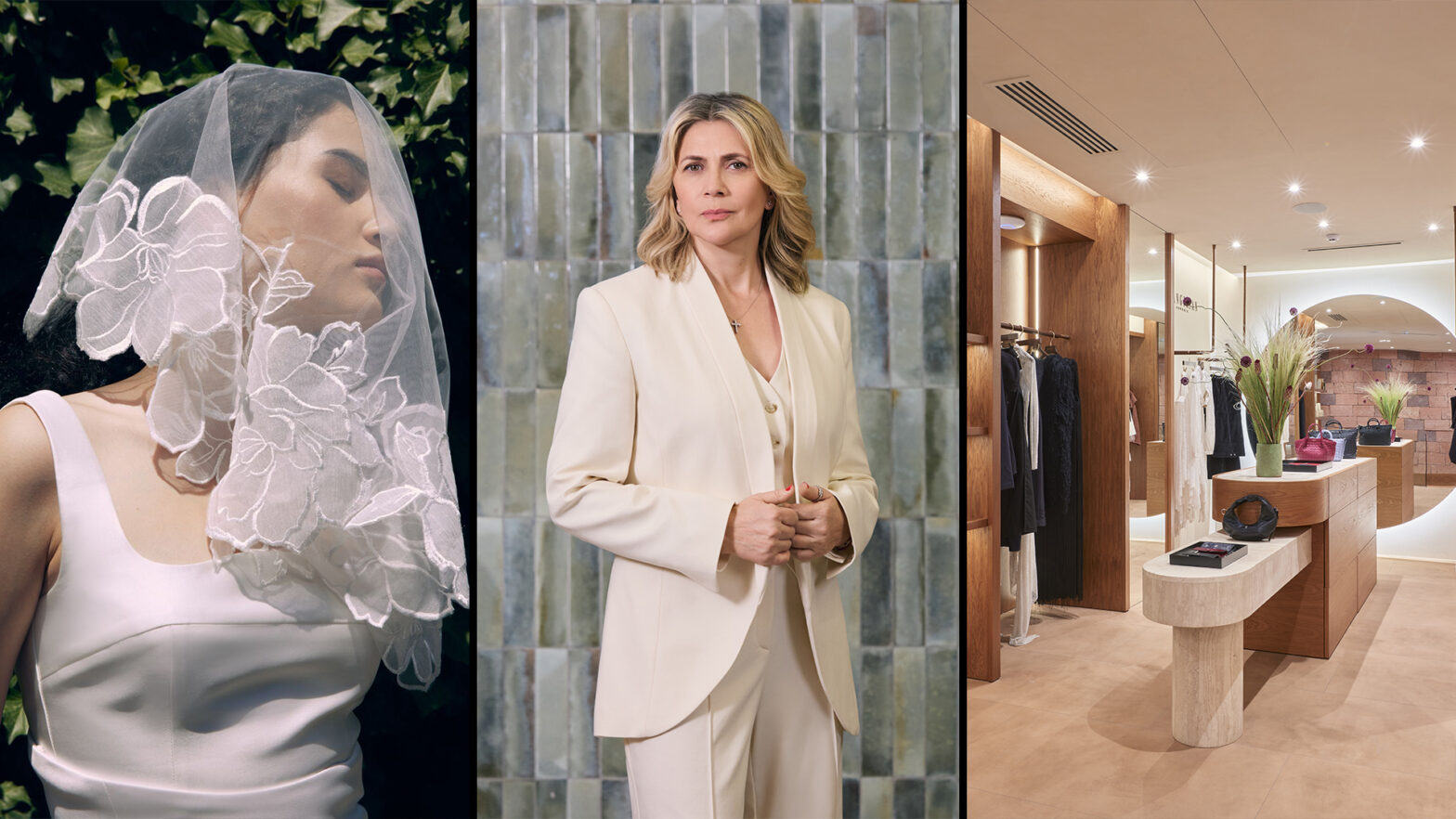
Milan is arguably the most fashionable city in the world. The 2021 edition of the Salone del Mobile Milano (Milan Furniture Fair), the “Supersalone”, was yet another demonstration of why Milan is such an important city in the world of art and design. The designers who were featured there demonstrated how they have used the constraints imposed by the pandemic, as a chance to develop innovative creations.
The Supersalone Was Different
The first Salone del Mobile Milano was held 60 years ago, and is one of the world’s great exhibitions of furniture design. The pandemic had prevented furniture design lovers from congregating in Milan, so the Supersalone was a real treat. It was a chance to come together after years apart, and see the best of Italian and international designs.
The exhibition has always been organized around a drive for innovative designs, and the pandemic gave birth to probably the greatest Salone del Mobile Milan in history. Designers rose to the challenge posed by the pandemic, and unveiled innovative design after innovative design.
Supersalone was a very small fair by usual standards. With just 423 exhibitions, it was a quarter of the normal size of a Salone del Mobile Milan. What it lacked in size it more than made up for in innovation. The trimmed down size allowed the organizers to experiment with the format and try new things. For instance, instead of exhibition booths, the organizers used display walls that were dismantled and recycled or composted once the fair was over. Another innovation is that the fair was opened to the general public for the entirety of the five-day fair. In the past, the fair had largely been for trade members. Even more exciting is that many of the designs were available for purchase. Tradition has not been completely overthrown: the entire city, with its shops, parks, galleries and palaces, still celebrates Milanese design.
Furniture Designs Inspired by Literature
Annabel Karim Kassar’s furniture collection, “Salon Nana”, was named after Émile Zola’s 1880 novel, “Nana”, and is an example of the designs that drew inspiration from literature. Nana is a courtesan who drives men crazy and to their eventual deaths. That, however, was not the aim of Kassar’s collection. She wanted to evoke the elegant sociability of the literary salons of late-19th century Paris.
Kassar designed the salon, while Moroso, an Italian furniture company, produced it. It is made up of the kind of delicious sofas reminiscent of a Bradington Young leather recliner and come to life with oversized down cushions, two sets of tables with Moorish designs and studs, and a chaise lounge. Kassar, who spent three years living in Morocco, and even longer in the Middle East, especially in Beirut and Dubai where her firm has offices, drew from her experience of the Arab world.
An example of the Arab influence are the sofas, some of which are inspired by djellabas, the black-and-white robes worn by Arab men. Other sofas were inspired by the floral prints made famous in the 1960s and which were such a feature of men’s trousers in the ‘70s.
Giving Carpets Dimension Through Optical Illusions
The trompe-l’œil has been used for centuries to create optical illusions of three-dimensionality from realistic imagery. This technique was used in the Ombra art collection by the Milanese group, cc-tapis.
The Belgian couple, Fien Muller, a photographer, and sculptor, Hannes Van Severen, designed the collection for their studio Muller Van Severen. They wanted to reimagine a rug as something other than a two-dimensional item on the floor. They wanted it to come alive through the use of trompe-l’œil. Using this technique, they were able to suggest movement in their carpets by using color and composition with light and paper. The technique is not pure trompe l’oeil, but it is certainly inspired by it.
The couple used the pandemic as a period of reflection, and worked on the collection on their dining table, cutting and gluing and photographing cardboard and paper, using their smartphones’ light to create shadows which they could study.
They used rugs made in Nepal with hand-knotted Himalayan wool for their designs. The rugs are available in multi-colors or in a monochromatic design, and are made in a 9.8 feet by 7.5 feet size.
Mirrors Made of Stone
The Italian design firm, Salvatori, took the opportunity for self-reflection literally, and collaborated with Brooklyn-based designer Stephen Burks to create a collection of sculptural mirrors.
Burks brings his flair and unique cultural perspective, while Salvatori bring their skill in crafting stone surfaces. The result is a masterpiece.
The mirrors come in a tabletop size, Friends, with a starting price of $3,000, and a size suitable for hanging on the wall, Neighbors, starting price $5,400, and use a range of colorful marbles, such as Giallo Siena (yellow), Rosso Francia (red) and Bianco Carrara (white) to create a wonderful effect. The mirrors are designed in a way that suggests a face wearing a mask. The mirrors are an opportunity for self-reflection in this most amazing of furniture exhibitions.




















